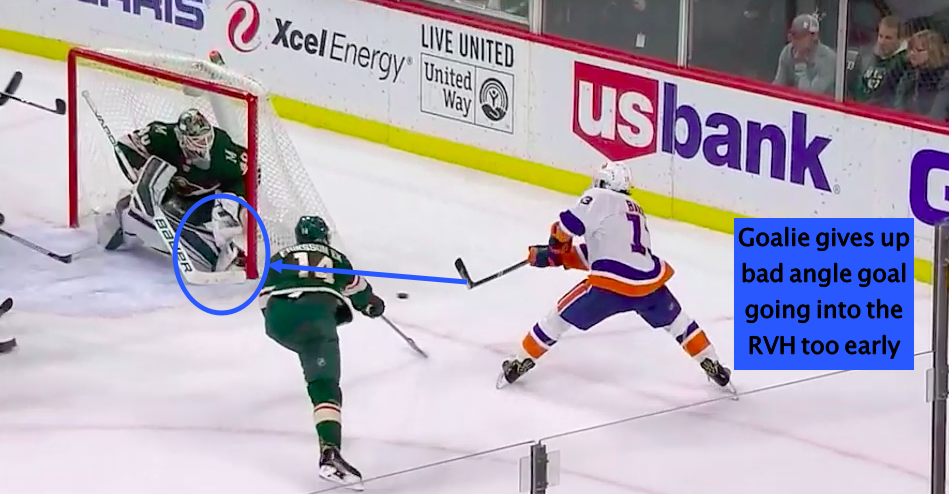BLOG #10 - Misleading Statistics PT 1 – Plus / Minus
Be a plus player. How many times have you heard this one before? Coaches love to use this phrase and evaluate players based on this statistic. The general concept seems correct. If you’re on the ice for a goal you get a plus, and if you’re on the ice for a goal against you get a minus. From that perspective, you would deduce that if you have more plus’s than you’re on the ice for more goals and therefore a more valuable player. At best, this is a HALF truth which misleads both players and coaches painting an inaccurate picture of performance.
Before we dive into the issues with plus minus, lets look at what it does show you. Typically, the players with extremely high or low plus minus’s indicate performance fairly accurately. Players with high plus’s in comparison to their teammates and/or league show solid 5 on 5 play. They are able to minimize goals against and contribute to creating consistent offense. On the flip side, players with extremely high minuses show poor offensive production 5 on 5 and struggle defensively.
The same could be said for individual or a block of games. Players with alarmingly high plus or minuses would indicate something needs to be observed further. Also, if you’re a powerplay producer but have a high minus total, then that’s clear that you struggle on the defensive end. Below is an illustration of how inaccurate plus minus can be.
What leads to plus minus being such a poor statistic? First, it depends on what team you play on. Top teams will naturally have higher plus players and on the flip side, lower performing teams will have more minus players. Notice how the top plus minus players are from teams like Tampa, Boston, and Colorado. The highest minus players are typically from the Wings.
What position you play has a big role in misleading this statistic too. Defenseman typically play more minutes which leads to them having higher plus or minuses. Top defensemen play big minutes which inevitably leads to their plus minus being inflated. Forwards on the other hand can escape or get slapped with a minus by simply bad timing. Most commonly, the late change on a backcheck and the opposing team scores off the rush and boom, you’re a minus.
The last big indicator is when it clearly isn’t your error. Now this may come off as prickish, but sometimes players will make an error that leads to a goal or a goalie will let in a bad goal. You could be doing everything right, battling hard, but you get the minus. Of course, it could happen the other way around, but it’s simply chance. That’s where I have a problem with plus minus. Analytics are supposed to illustrate a clear picture for a specific situation. Plus minus clearly doesn’t do that.
SOULTION
Better statistic to evaluate performance,
1- IMPACTFUL PLUS / MINUS - This still has some grey area, but it looks at the error(s) that occurred and which players were responsible. It’s more work but it illustrates a clearer picture of performance.
2- GOALS FOR/AGAINST OFF THE RUSH -This will illustrate how players create offense off the rush and how well they transition back into the defensive end.
3- GOALS FOR/AGAINST IN ZONE – This will illustrate if players can create offense against Dzone coverage and how well they are able to defend offensive threats.
CONCLUSION
This is an outdated statistic that needs some re-evaluating. Just because it’s easy to measure doesn’t mean it’s useful. There is so much more that goes into performance than plus minus. Further examination is required and must be used carefully as a benchmark for performance. Its misleading factors will leave you with an unclear picture of what’s actually happening.
Thanks For reading!



